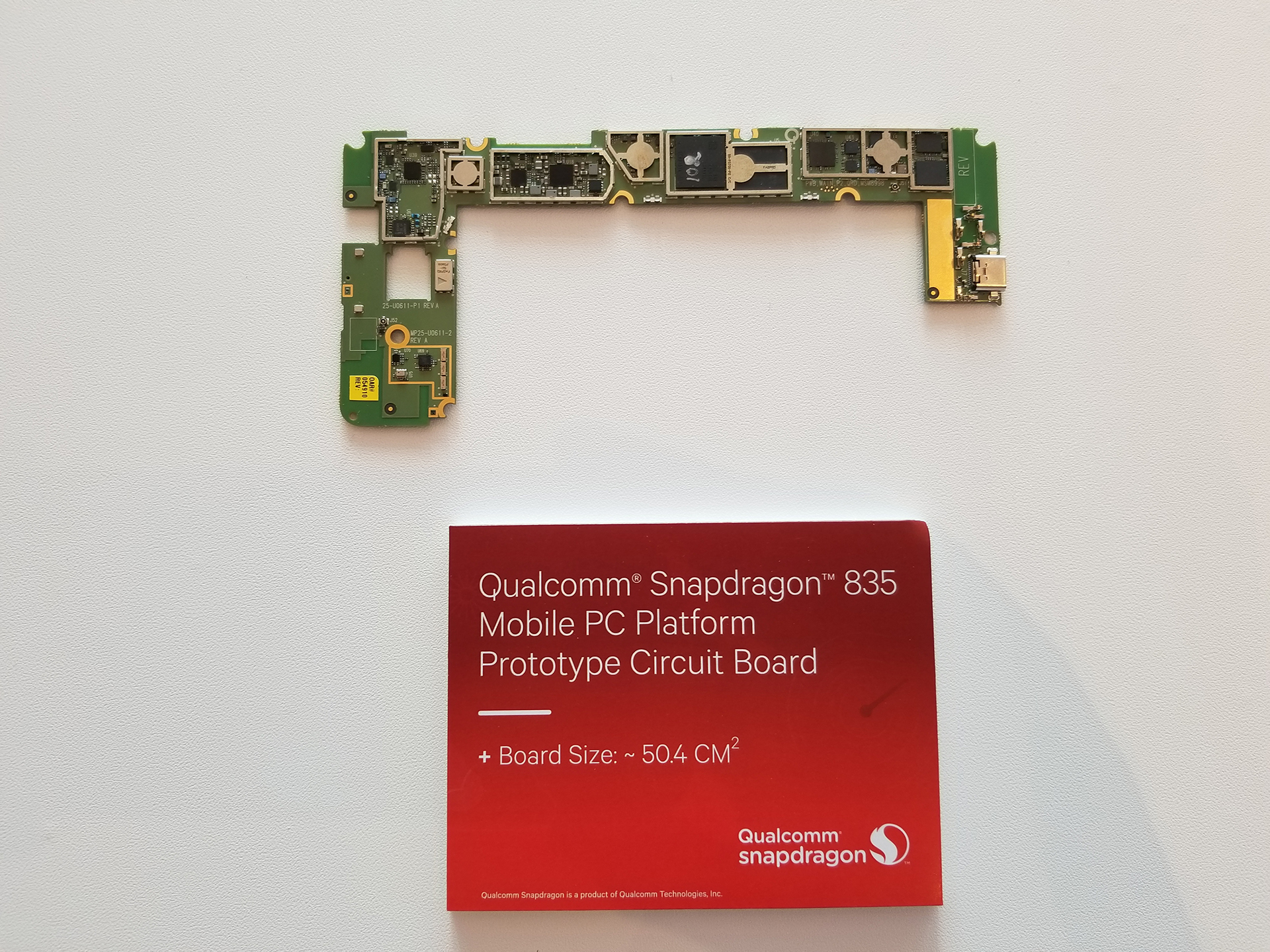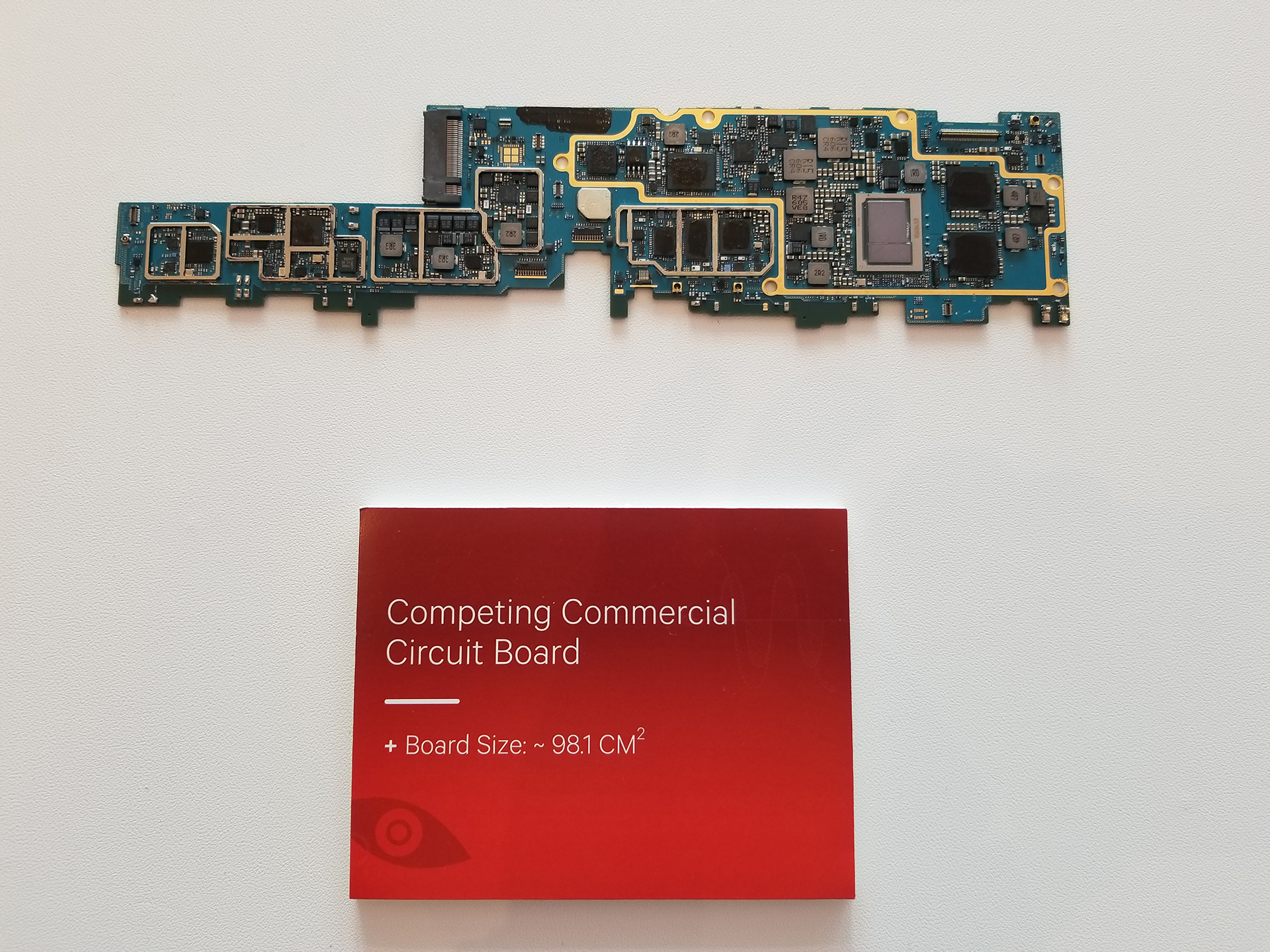
The Qualcomm Snapdragon 835 might be known as the latest and greatest mobile platform powering the Samsung Galaxy S8, but at Computex 2017 it’s the catalyst for the next wave of Windows 10 devices.
But, beyond seeing a ton of new laptops, tablets and 2-in-1s, Qualcomm’s vice president of global product marketing, Don McGuire, claims the Snapdragon 835 will cause a fundamental shift in the way we use our PCs.
“We came up with these basic principles, the next generation of the PC should be beyond fast, easy to use, portable, convenient and connected like a smartphone,” McGuire tells TechRadar. McGuire also believes that solving the PC battery life pain point is critical.
“We’re about to change the rules of a longstanding game by shifting the entire dialogue from CPU/GPU centric peak benchmarking and speeds and feeds, to the concept of ubiquitous connectivity, anywhere, anytime combined with beyond-all-day battery life and the Windows 10 experiences people know and love,” he says.
“The days of being LAN-dependent for your connection, unsatisfied by over-promised and under-delivered battery life and of ‘not so’ connected standby will be over.”


The key behind this fundamental change is the integrated design of the Snapdragon 835, which includes a CPU, modem, GPU, DSP, audio, Bluetooth, Wi-Fi, PMIC and GPS all on a single integrated platform. Typically, all of these components in a traditional AMD or Intel machine would be spaced apart and connected by a motherboard.
Having the graphics chip, all the radios and other parts that much closer and integrated together should lead to lower operating temperatures, increased performance, and longer battery life. In fact, Qualcomm expects up to a 50% improvement in battery life, and about a four times improvement on connected standby.
Get daily insight, inspiration and deals in your inbox
Sign up for breaking news, reviews, opinion, top tech deals, and more.
At Computex in Taipei, Qualcomm is showing off a Snapdragon 835-powered system as a proof of concept device. It’s designed to run all of Microsoft’s Office applications and Universal Windows Platform programs, as well as legacy x86 Apps – and all live with a Gigabit-class LTE connection.
Honey, I shrunk the die
Another way the Snapdragon 835 differentiates itself from the current PC processors is that it's much smaller, thanks to its 10 nanometer (nm) die size. McGuire was quick to highlight this. “That might look like a number on a screen, but to stop and think – 10nm is a thousand times smaller than a strand of hair, with three billion transistors.”
Comparatively, both Intel and AMD have only achieved a 14nm manufacturing process with their respective Kaby Lake and Ryzen chips.
“Based on our initial estimates, OEMS can take advantage of up to 30% more room on their boards,” McGuire adds. “This smaller footprint results in not only more room for batteries, but also increased thermal efficiency, new ways of thinking about innovative PC designs.
Between the smaller chip and not needing to allocate space for separate radios and other components, Snapdragon 835-powered systems could be dramatically smaller and thinner.
“You can toss out the blueprints of some of your previous 2-in-1 designs, ultrathin designs and really go for extremely light and thin fanless designs,” McGuire says.

A more connected, more mobile PC
Ten years ago Qualcomm enabled always-connected PCs with its modem, and since then hundreds of thousands of PCs have shipped with Qualcomm 3G and 4G technology.
By McGuire’s count, there are currently over 100 options of always-connected PCs with the embedded Snapdragon LTE modems that are discrete (i.e. not on the system-on-a -chip within systems available) from HP, Lenovo, Dell, Toshiba, Fujitsu, Panasonic, and the new Microsoft Surface Pro announced a few weeks ago.
Building on its strong background in mobile devices, Qualcomm wants to see connected laptops and 2-in-1 tablets to become as ubiquitous as smartphones.
“By the end of the year you will see the launch of a new and improved class of always-connected PCs with gigabit LTE support thanks to being powered by the Snapdragon 835 Mobile PC platform,” McGuire says. “It’s time for the PC to change.”
McGuire predicts that over 1.1 billion new internet users are expected to connect for the first time in the next four years, and Qualcomm wants to head off this massive surge with the next generation of always-connected PCs.
“As a company, we’ve invested billions in research and design, tens of thousands of engineers working to innovate in areas of wireless connectivity, ensuring our modems are top of the line and the cellular infrastructure of the future is in a substantial place to support this,” McGuire says.
And, he adds: "Qualcomm isn't just thinking about 2-3 years down the line, but decades down the line."
Kevin Lee was a former computing reporter at TechRadar. Kevin is now the SEO Updates Editor at IGN based in New York. He handles all of the best of tech buying guides while also dipping his hand in the entertainment and games evergreen content. Kevin has over eight years of experience in the tech and games publications with previous bylines at Polygon, PC World, and more. Outside of work, Kevin is major movie buff of cult and bad films. He also regularly plays flight & space sim and racing games. IRL he's a fan of archery, axe throwing, and board games.
